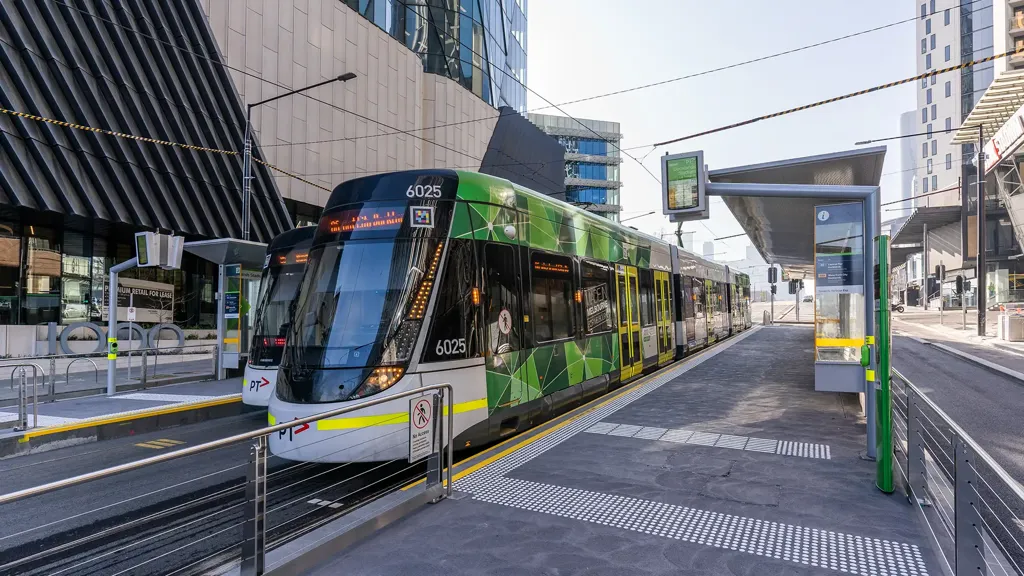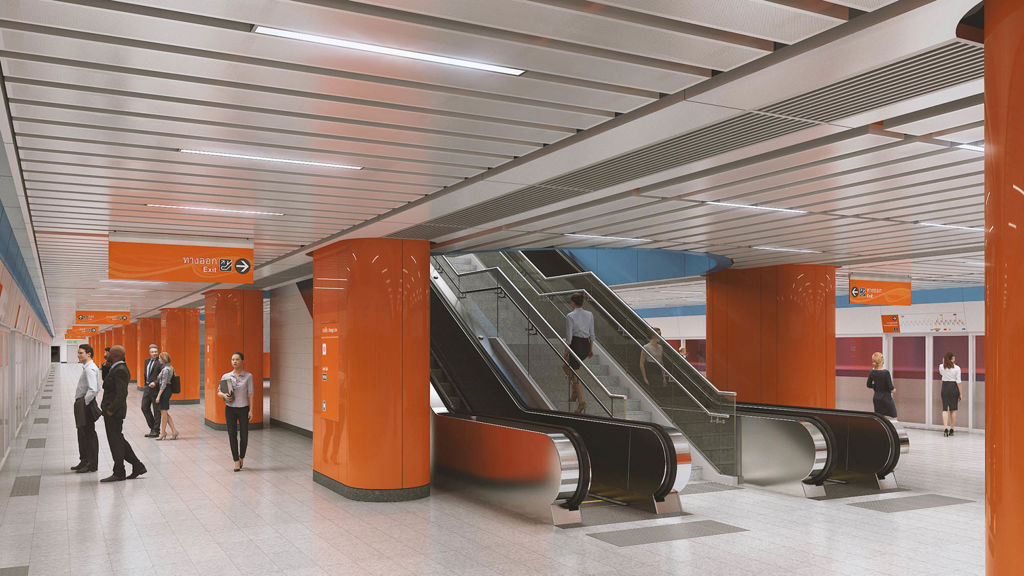The 22m-high Elizabeth Quay pedestrian and cyclist bridge is a suspension bridge along the Swan River in Perth, Australia, and part of the river’s ‘bridges’ recreational route.
Arup was the design lead consultant for the project, tasked with designing a bridge that had iconic architectural appeal for those using or viewing the bridge, as well as functionality both for those crossing it and vessels passing below.
Our design for the bridge was intended to be both dramatic and useful. This included a curved form for the bridge deck, so that extended ramps created enough clearance for vessels to pass underneath and offering pedestrians and cyclists a 360-degree view of the Swan River.
We designed a balance between the dramatic impact of the bridge’s leaning arches with their structural function, and designed those arches sweeping descent towards the water to rest on concrete piers supported on piles socketed into the rock bed.
Vessels needed enough space to travel under one section of the bridge, while pedestrians needed smooth access across to the island at the end of the bridge. Arup’s architectural solution was a curved form for the bridge deck allowing the creation of extended ramps to clear the navigation channel.
The Elizabeth Quay bridge is part of a sequence of bridges bringing residents into closer active-travel contact with the river, a defining geographic feature of the city of Perth. Our digital design work allowed the bridge to be iterated and analysed as we went through design with the architects, meaning that this complex vision for the bridge could be realised in multiple versions alongside adjustments for calculations such as wind vibration.











